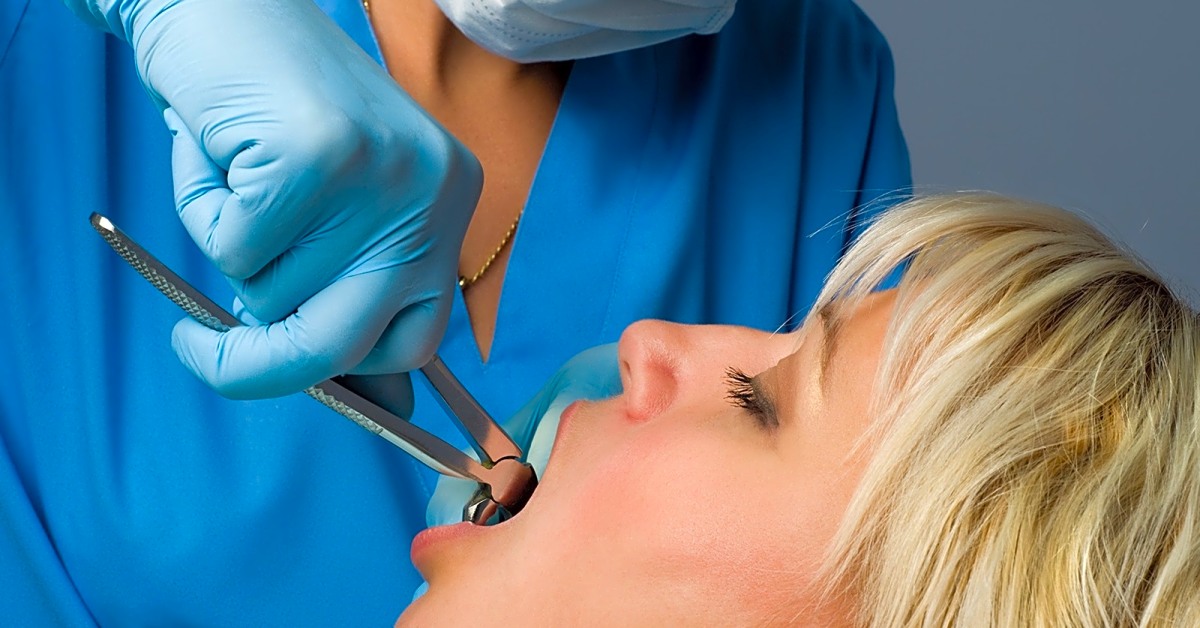The presence of an acute infection characterized by severe stroke pain is not a contraindication for tooth extraction. Infected teeth should be removed as soon as possible and the procedure should not be delayed by administration of antibiotics. When it comes to infected or abscessed teeth, it is generally assumed that they cannot be removed until the infection has resolved. This is not the case in a large number of cases where tooth removal is the best option to get rid of the infection.
The infection can occur in the nerves, roots, or surrounding gums of the tooth. The treatment method used to treat the infection depends on the area of infection and how far it has progressed. As long as the bacteria get to the dental nerve, the abscess or infection will persist. This is true EVEN IF you don’t have any pain or swelling, or don’t think you have an infection.
Antibiotics will NOT get rid of the infection in this case. You can’t prevent the bacteria from entering the pulp chamber. You must either do a root canal treatment or remove the tooth to clear up the infection. If you have a root canal, the infected tissue is removed, the area is cleaned and then sealed so that no more bacteria can enter.
When you remove your tooth, the tooth is protected from the bacteria in your mouth. In either case, your immune system can then clear up the remaining infection. Infections are known to be unbearable, and a dental infection is no exception. This means that an infected tooth is extremely painful and can also cause a lot of discomfort.
So much so that it might want you to pull the tooth out of its roots. But can a dentist pull out an infected tooth? Is it even safe? To find out, keep reading this blog. Yes, dentists routinely pull out infected teeth. They do that all the time.
It is possible that the degree of swelling that comes from an infected tooth makes it difficult or even impossible for the dentist to have the access or visibility they feel is necessary to have it removed. However, to prevent the bacteria from infecting other areas, dentists prefer to drain the abscess first or reduce the infection with antibiotics. Just because tooth extraction is the preferred plan for infected teeth, even in cases of swelling, doesn’t mean that there aren’t issues that your dentist must consider on a case-by-case basis before offering to carry out your procedure for you. That means if the dental abscess surrounding your tooth is deeply rooted, the dentist may suggest other treatment options instead of removing it.
In most cases of a dental infection, a deep tooth decay, crack, or other defect creates a path that bacteria can take out of your mouth to reach the tooth pulp that contains the dental nerve. Dentists also look for physical findings, called signs, that indicate the presence of an infection. And especially when it is an infection with swelling, the treating dentist must weigh up the patient’s ability to combat and contain this process and adjust his treatment plan accordingly. Before tooth extraction, dentists pay attention to specific signs and symptoms to determine the course of treatment.
In all cases, it is your dentist’s decision whether or not you want to continue extracting your infected tooth. It is important to note that the use of antibiotics alone does not reliably prevent the worsening of dental infections. A regular visit to the dentist can help you identify the signs of an infection in the early stages and have the tooth removed before significant damage has already occurred. The reason dentists opt for prescription drugs is that taking them consistently can help minimize the infection.
There are certain situations, such as. B. an excessive swelling of the face or stretched mouth tissue in which the dentist would advise against having an infected tooth pulled.
.

